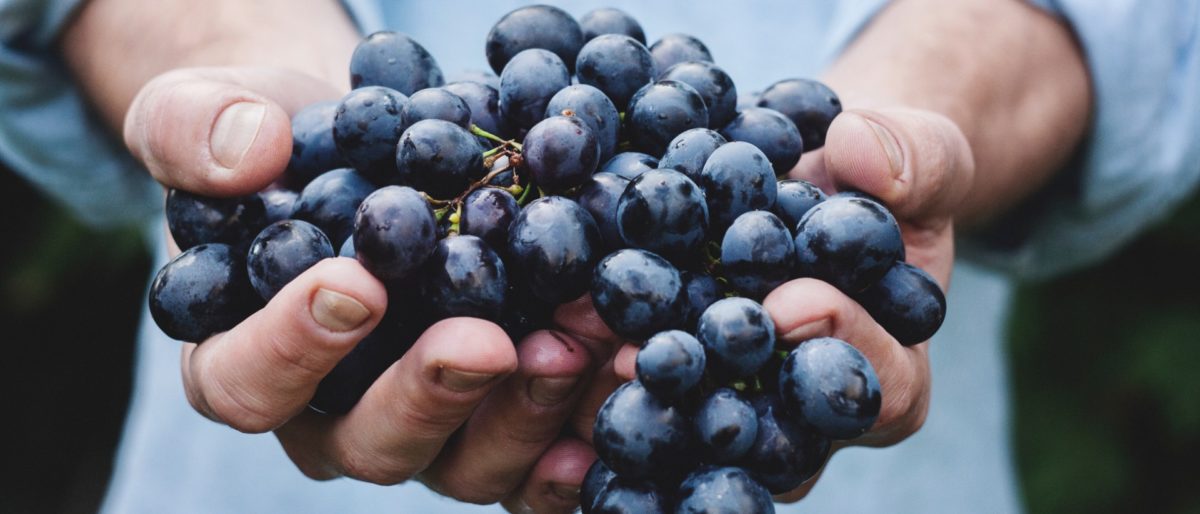1. Maipo Valley
The Maipo Valley, near the capital Santiago, was where it all began, that is, it was in this valley where wine production had its beginnings in Chile. It is the best known wine region in the country, where the most renowned export wines come from. In 1555, the first wine making was officially certified. Another milestone was 1851, with the introduction of French vines. On that note, in 1994, French experts visiting Chile found specimens of the Carménère grape variety, which was believed to be extinct.
The climate in the Maipo Valley is stable, with hot, dry summers and short, mild winters that generally do not exceed 450 mm of annual rainfall. The days are hot and the nights cool, which results in considerable temperature changes within a few hours. For this reason, the red wine grapes, known for their need for sunshine, ripen optimally in this valley, as they develop sugars during the hot days, and tannins during the cool nights. Priority is therefore given to the production of reds such as Cabernet Sauvignon, Merlot, Carménère, Syrah, Cabernet Franc and Malbec. White wines such as Chardonnay, Sauvignon Blanc and Semillón are also produced, although not on the same scale. The soils of the Maipo Valley are flat, rich in minerals, sandy and clayey, and have good permeability.
The valley is crossed by two mighty rivers: the Maipo and the Mapocho. It is well protected, between the mountain range of the Andes and the coastal mountain range known as Cordillera de la Costa. In this valley, wine production is subdivided into three cultivation zones, depending on climate, soil quality and altitude: Maipo Alto (upper), Maipo Medio (middle) and Maipo Costa (coast). The sunniest of these is Maipo Medio, which is located approximately 550 meters above sea level, and is where the most fruity red wines are produced. In Maipo Alto, located higher up and with a colder climate, more structured and complex wines are produced. Finally, in Maipo Costa, close to the coastal mountain range with its fresh winds, wines with higher levels of tannins are produced.
2. Colchagua Valley
Colchagua is a slender agricultural valley that begins at the foot of the Andes and stretches westward to the Pacific Ocean. It is abundantly irrigated by the Tinguiririca River and has Mediterranean temperatures, with well-protected and sunny vineyards, clayey and mineral-rich soils. The Colchagua Valley became well known internationally as a wine-producing region thanks to the development of high quality wines, as well as its cultural heritage, traditions and customs.
The first Chilean wine route was launched in 1996 in the Colchagua Valley. One of the roads, named Route I-50 for cartographic purposes, is better known as “Wine Road” by the locals. Spread over an area of approximately 910,000 hectares, there are numerous microclimates, types of soil and rugged slopes, ideal for vine plantations. Production is centred on Cabernet Sauvignon, Merlot and Syrah, as well as Carménère and Malbec.
A landmark is the small colonial town of Santa Cruz, from where one can visit the vineyards of the area.
3. Elqui Valley
The Elqui Valley is one of the most beautiful natural landscapes in Chile. Here, the fertile valley cuts through the precordillera (pre-Andean mountain range), a semi-arid region with an appearance very close to a desert.
Located 500 kilometers from Santiago, the valley is the northern border of Chile’s wine regions. The climatic conditions for growing grapes are optimal: A well ventilated valley, where the summer lasts 6 months with very favorable thermal oscillation for the grapevine, which adds to a relative humidity lower than 10%. It only rains 2 to 4 times a year, with an average of 60 mm of water. These climatic conditions, combined with the altitude, favour the cultivation of excellent wines.
The soils of the Elqui Valley are rich in nutrients and capable of storing water, which makes it possible to harvest ripe and sweet grapes, from which pisco, Chile’s national brandy (a spirit obtained by distilling wine), is produced. The vines that are most widely grown in this area are Cabernet Sauvignon, Merlot, Carménère and Chardonnay, as well as some hectares used for Syrah.
In the valley, the azure sky is guaranteed practically all year round, due to the extreme scarcity of rainfall. For this reason, several international astronomical organisations have observatories here, for example on Cerro Tololo, La Silla or Cerro Pachón. Another highlight is the city of Vicuña, located 50 kilometers from La Serena, inside the valley, where the lyric poet and Nobel Prize winner Gabriela Mistral was born.
By Cycly staff


